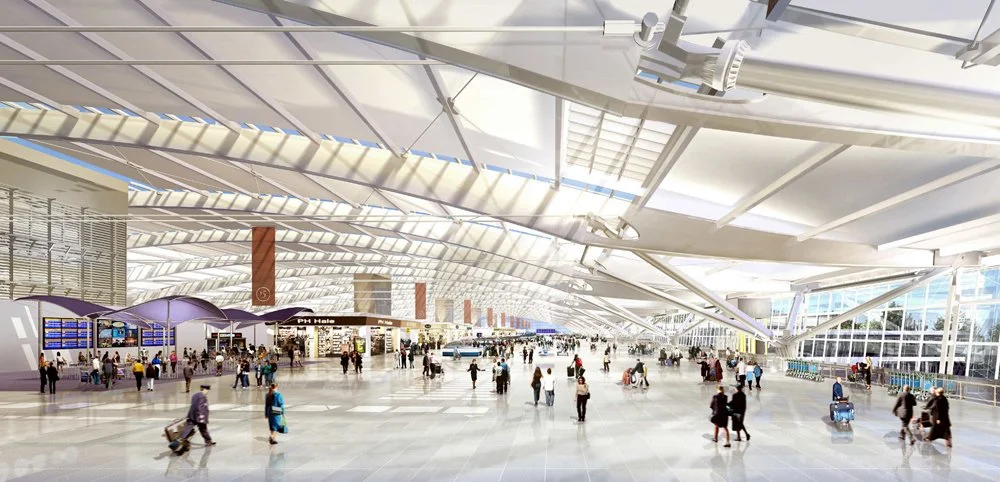Departures and Arrivals
Years ago, somewhere during my globetrotting twenties, I read The Art of Travel by the philosopher Alain de Botton. “We are inundated with advice on where to travel to,” he writes, “but we hear little of why and how we should go, even though the art of travel seems naturally to sustain a number of questions neither so simple nor so trivial, and whose study might in modest ways contribute to an understanding of what the Greek philosophers beautifully termed eudaimonia, or ‘human flourishing.’” Instantly it became a favorite. How could it not, chock-full as it was of nuggets like this?
If we find poetry in the service station and motel, if we are drawn to the airport or train carriage, it is perhaps because, in spite of their architectural compromises and discomforts, in spite of their garish colours and harsh lighting, we implicitly feel that these isolated places offer us a material setting for an alternative to the selfish ease, the habits and confinement of the ordinary, rooted world.
These days, truth be told, “the habits and confinement of the ordinary, rooted world” don’t sound quite as suffocating as they did then, and whether the book has resonated in quite the same way with those to whom I’ve since loaned my copy, I can’t say. Regardless, I recall my early readings of the book with fondness.
It was a delight, then, to discover that the author had revisited some of the same themes in a subsequent book called A Week at the Airport, a slim volume featuring stunning full-color photos by Richard Baker and arranged in four sections: Approach, Departures, Airside, and Arrivals.
True to the title, the author spent a week in Terminal Five at Heathrow Airport in London, having been invited to serve as writer-in-residence by a representative of the company that manages Heathrow and other airports. He was given a desk in full view of travelers and was tasked with writing what he saw, felt, and experienced—all while asking questions befitting a philosopher.
The result is a fun, brisk-paced book that nonetheless manages to touch on some of the deeper elements of the human experience, like mortality, self-analysis, and longing—the kinds of things anyone who has spent time in airports and airplanes knows all about. Take this passage for example:
Nowhere was the airport’s charm more concentrated than on the screens placed at intervals across the terminal which announced, in deliberately workmanlike fonts, the itineraries of aircraft about to take to the skies. These screens implied a feeling of infinite and immediate possibility: they suggested the ease with which we might impulsively approach a ticket desk and, within a few hours, embark for a country where the call to prayer rang out over shuttered whitewashed houses, where we understood nothing of the language and where no one knew our identities. The lack of detail about the destinations served only to stir unfocused images of nostalgia and longing: Tel Aviv, Tripoli, St Petersburg, Miami, Muscat via Abu Dhabi, Algiers, Grand Cayman via Nassau … all of these promises of alternative lives, to which we might appeal at moments of claustrophobia and stagnation.
Or how about this reflection spurred by the comings and goings that airports so deeply epitomize:
Out of the millions of people we live among, most of whom we habitually ignore and are ignored by in turn, there are always a few that hold hostage our capacity for happiness, whom we could recognize by their smell alone and whom we would rather die than be without.
If these excerpts stir anything within you, consider picking up A Week at the Airport next time you’re planning for a trip. If you like what you read, you’d do well to follow it up with The Art of Travel.
